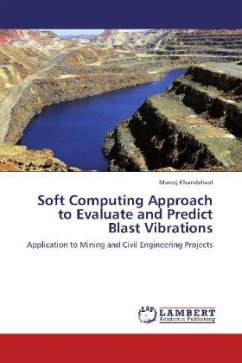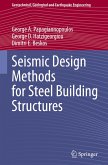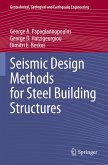Ice tongue forced vibration modeling is performed using a full 3D finite-difference elastic model, which also takes into account sub-ice seawater flow. The ocean flow in the cavity is described by the wave equation, therefore ice tongue flexures result from hydrostatic pressure perturbations in sub-ice seawater layer. The main objectives of the study are as follows: Firstly, to introduce a method that provides stability to the numerical solution in the full finite-difference elastic model. Secondly, to compare the results - the amplitude spectra and the ice tongue deformations - obtained by the full 3D model and by the thin-plate Holdsworth and Glynn model (1978) with an intention to reveal the principal distinctions, if any.
Bitte wählen Sie Ihr Anliegen aus.
Rechnungen
Retourenschein anfordern
Bestellstatus
Storno








